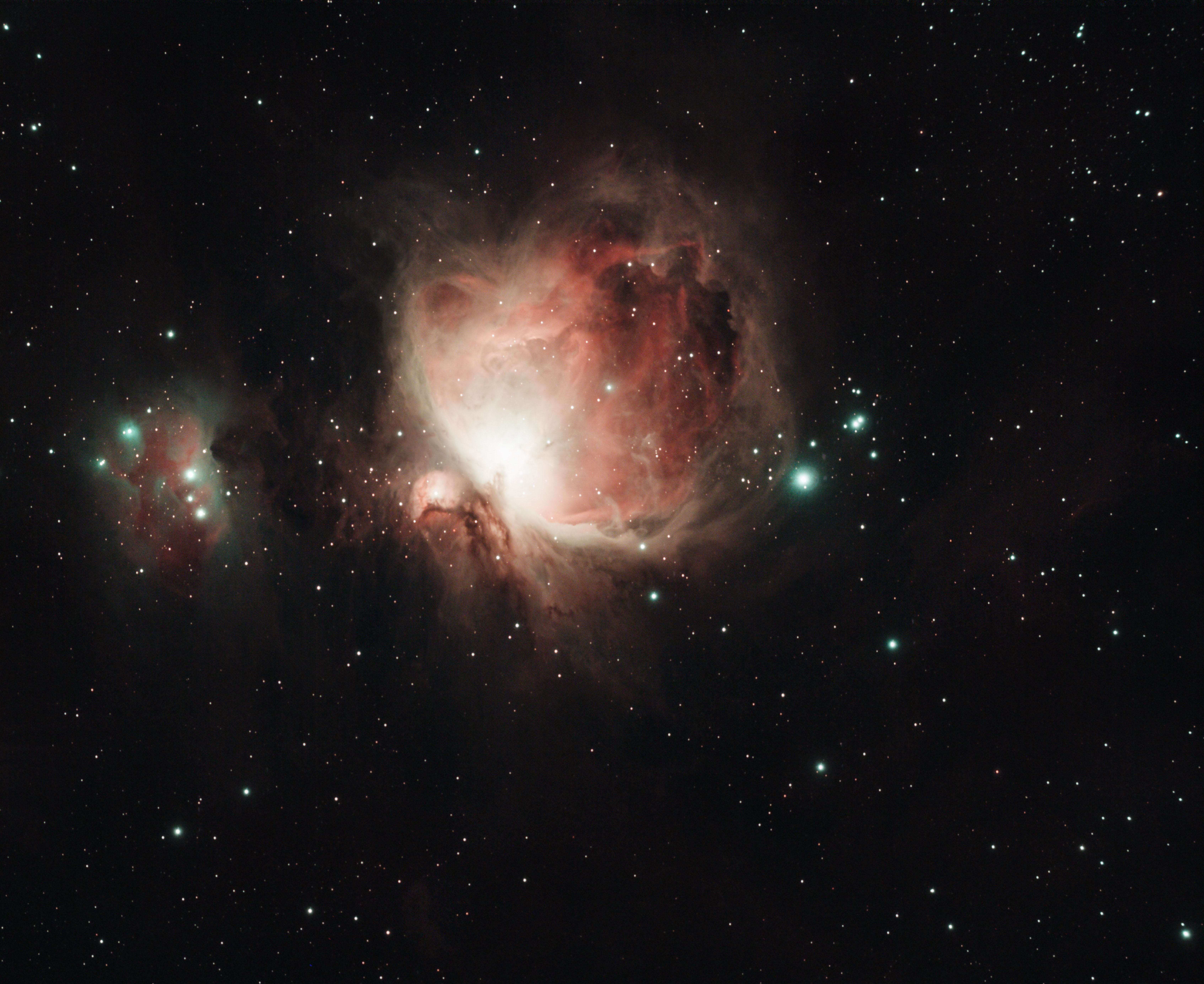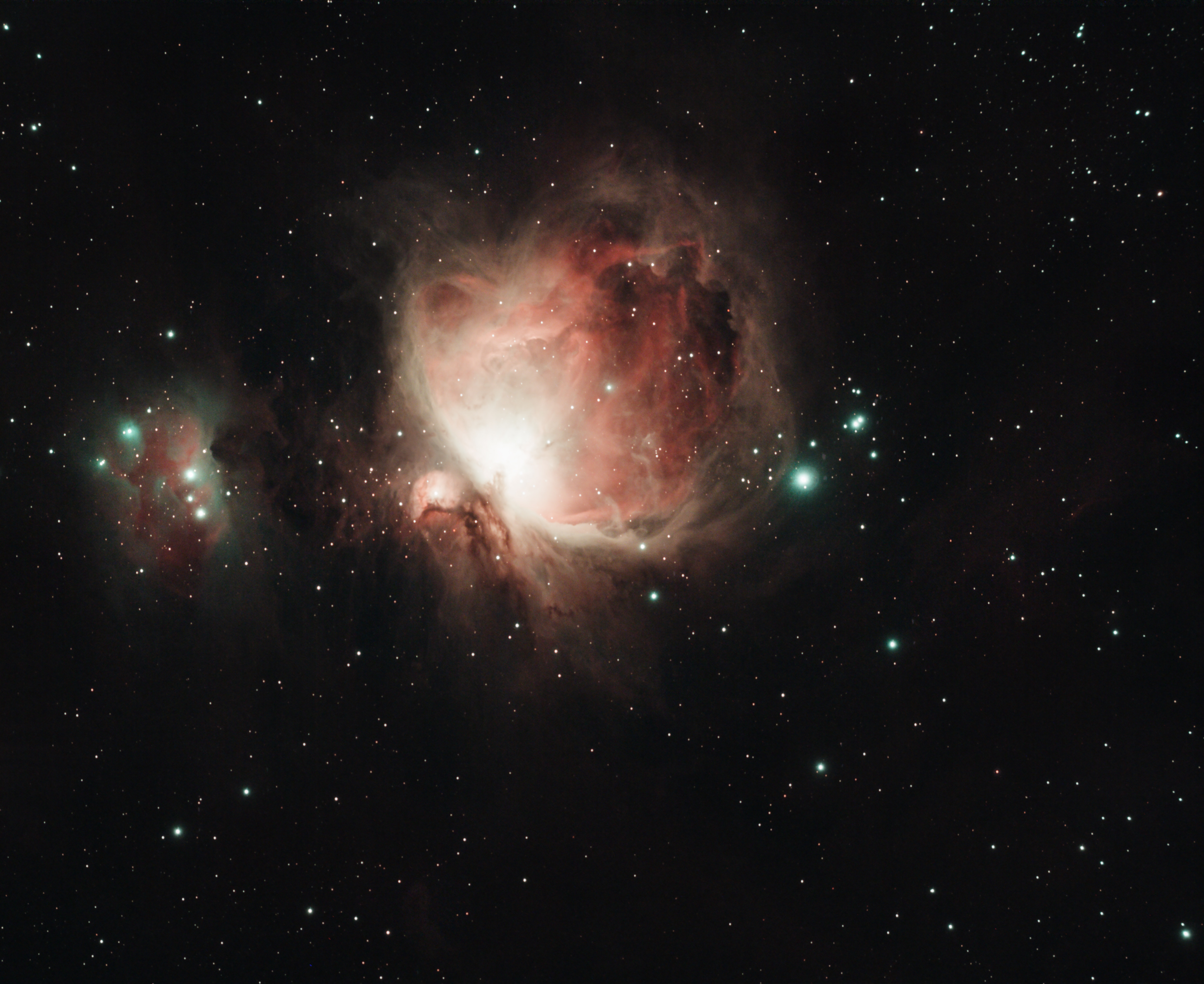Believe it or not, there is an ominous answer.
In this week’s WimLearn, Thandi (Y10) explores the options for humans beyond planet Earth.

For many
years, people have wondered if the Earth is the only planet with such variety
of life, if any life at all. Surely, we are not the only ones out there?
While we may not know if there is extra-terrestrial life, we know that there
are many planets that are earth-like, found in the project Kepler, which was
launched in NASA on March 7, 2009. The name of the project is from Renaissance
astronomer Johannes Kepler, who gave us the Three laws of Planetary Motions.
By the time Kepler was closed on the 15th of November 2018, two thousand, six hundred and sixty-two planets had been found. Some being more earth-like than others. A few examples are Kepler-186f, Kepler-69c and Kepler-1649c, but one planet that stands out from the others is Kepler-452b.
Earth 2.0?
Kepler-452b, also known as KOI-7016.01, was discovered on the 23rd of July 2015. It is known as Earth 2.0 because its traits, from orbital period to estimated atmosphere, are similar to earth. More similar than most other planets spotted within the project. One of the main attributes being that it is the smallest planet orbiting in the habitable zone of a G2-type star, just like our sun. Its orbital period is around 384 days, which is only 19 days longer than Earth’s,[1] and its star- Kepler-452, is 6 billion years old, which is 1.5 billion years older than our sun.[2] Considering that the oldest star discovered is Methuselah, which could be as old as 14.5 billion years old (which clashes with the universe’s calculated age of around 13.8 billion years, mind you),[3] those two stars are very close in age.
Similarities and differences:
When stars get older, they increase in surface area, their temperature rises and the light waves’ amplitude increases, which makes the star brighter. All this has a big effect on its planets and Kepler-452b is no different. It gains 10% more stellar radiation flux from Kepler-452 than the earth does from the sun. Looking at its atmosphere, Earth 2.0 may be too hot to be habitable depending on how much silicate weathering there is. If too small, then there would be too much carbon dioxide for us to breathe.[4]
The composition of the exoplanet is similar, however, but its levels of nitrogen and hydrogen are greater, making the air denser. And, despite the planet being in the habitable zone, meaning that water can exist in liquid form, we do not know if Kepler-452b could have retained its water storage after 6.0 billion years.[4]
In terms of size, Kepler-452b is certainly larger than earth, making it one of the ‘super-earths’ where the planet is larger than earth but smaller than the ice planets of our solar system- Uranus and Neptune. Its radius is about 1.5 times bigger than the earth,[1] and the diameter is, therefore, around 60% larger.[5] Because of its small radius, there is a big chance that the planet is a rock planet. We do not know its mass exactly, but it is at least 5 times bigger than the earth, making the planet even more likely to be a rock planet when comparing the mass to the diameter.
| EARTH | KEPLER-452b | |
| Radius | 6,371 km | Around 9,500 km |
| Mass | 5.972 x 1024kg | 52M Earth |
| Age of its star | 4.5 billion | 6 billion |
| Distance from its star | 150.86 million km | 156 million km |
But can we go there?
Now that we have gone through most of the physical facts, you may be wondering if we could ever live upon that planet.

Firstly, we do not know if we would be able to breathe on the earth because it is very unlikely that the ratio of oxygen-hydrogen is the same.
Secondly, it is very far away. So far away in fact that we are unable to use telescopes or next generation telescopes to work out its true mass or determine its atmospheres, though some next-gen telescopes such as TESS and CHEOPS, will be able to do so with other, nearby planets.[1]
Thirdly, because of the point above, it would take ages for us to get there. The average rocket would take 28440 km/h to get into space alone.[6] And if we wanted to get there by a quicker, more specific mode of transport- for example, the New Horizons spacecraft which goes at 59,000 km/h, it would take approximately 30 million years to get there because the planet is about 1800 light years away from our solar system.[1] Unless we stopped ourselves from ageing, for example freezing our bodies, we obviously would not make it there alive.
So perhaps we are currently unable to live on another planet. But, despite the end of the Kepler telescope, the search for Earth 2.0 continues. And who knows? In the future, we may be able to travel for one planet to another like a trip to Disneyland.
REFERENCES:
[1] Kepler-452b. (1 September 2022). Retrieved 3 September 2022 from https://en.wikipedia.org/wiki/Kepler-452b
[2]Comparison Between Earth and Kepler-452b and Their Host Stars. (6 April 2016). Retrieved 3 September 2022 from https://exoplanets.nasa.gov/resources/282/comparison-between-earth-and-kepler-452b-and-their-host-stars/
[3]Hubble Finds Birth Certificate of Oldest Known Star. (3 July 2013). Retrieved 3 September 2022 from https://www.nasa.gov/mission_pages/hubble/science/hd140283.html
[4]Climate and Habitability of Kepler 452b Stimulated with a Fully Coupled Atmosphere-Ocean General Circulation Model. (17 January 2017). Retrieved 3 September 2022 from https://iopscience.iop.org/article/10.3847/2041-8213/aa56c4#:~:text=The%20discovery%20of%20Kepler%20452b,and%20habitability%20require%20quantitative%20studies.
[5]NASA’s Kepler Mission Discovers Bigger, Older Cousin to Earth. (23 July 2015). Retrieved 3 September 2022 from https://www.nasa.gov/press-release/nasa-kepler-mission-discovers-bigger-older-cousin-to-earth
[6]Rocket speed. Retrieved 3 September 2022 from https://www.redshift-live.com/en/magazine/articles/Exploring_Space/8671-Rocket_speed-1.html#:~:text=This%20speed%20of%207.9%20kilometers,times%20the%20speed%20of%20sound.

